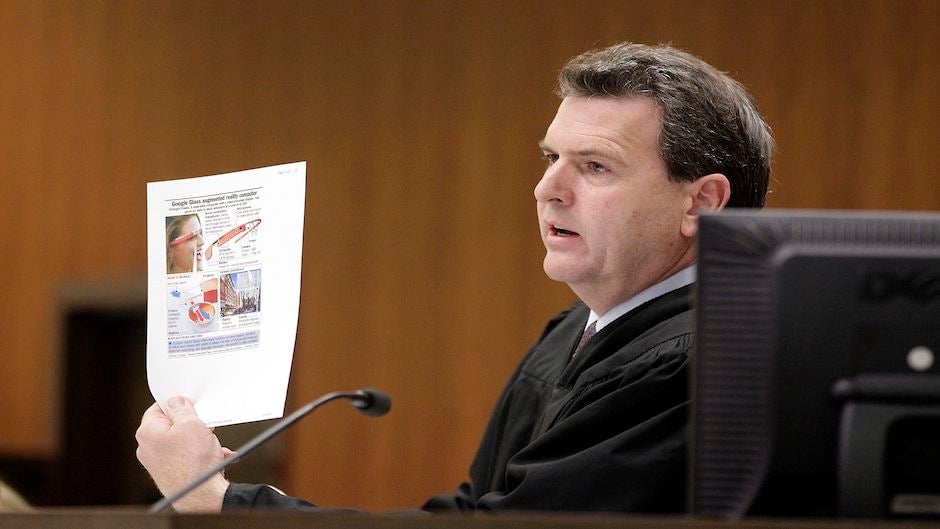No, Google Glass doesn’t make it safer to text and drive
While it may not involve using your fingers, texting on Google Glass is just as distracting and dangerous as on your phone.


While it may not involve using your fingers, texting on Google Glass is just as distracting and dangerous as on your phone.
The first study on the much-debated question of driving while using Google Glass shows that wearers were no quicker at slamming on the brakes than old-school texters when a car in front of them suddenly slowed down—even if they they were quicker at regaining control on the road after near-collisions.
The study, by researchers at the University of Central Florida in Orlando, was conducted on 40 undergraduates with a mean age of about 20. They were put in a car simulator with either Glass or a smartphone, and were interrupted with an emergency brake event. The participants who used Glass were trained in its use before the experiment. While there was no significant difference in average speed or following distance for each device, there was also no difference in the response to the event, despite Glass’s features including voice commands and head movements.
The results challenge the assumption that the use of Glass could reduce the number of accidents related to mobile phone use, which leads to around 1.6 million crashes a year in the US.
It wasn’t just users who thought Google Glass would let them safely text while driving. Car companies like Hyundai plan on syncing Glass to its 2015 Genesis Sedan. There are a number of Glass applications geared towards improving your safety as a driver, including one that wakes up drivers who tend to doze off.
But the UCF study may act as a wake-up call of its own. There are bills in at least eight states that seek to place use of Glass in the same category of texting and driving. And in Britain, the Department of Transport is set to ban the technology on the roads.